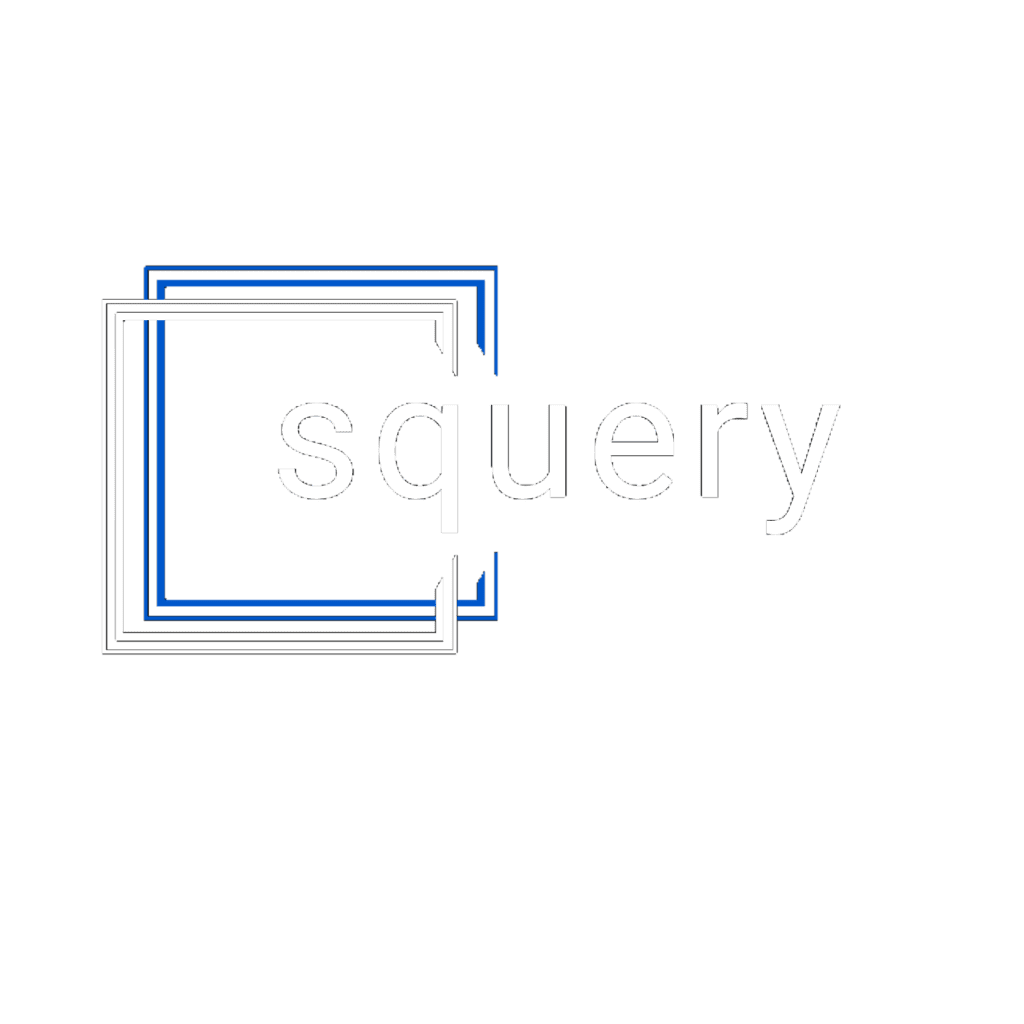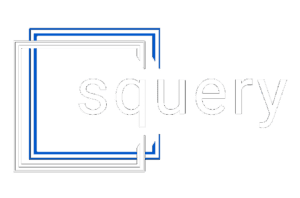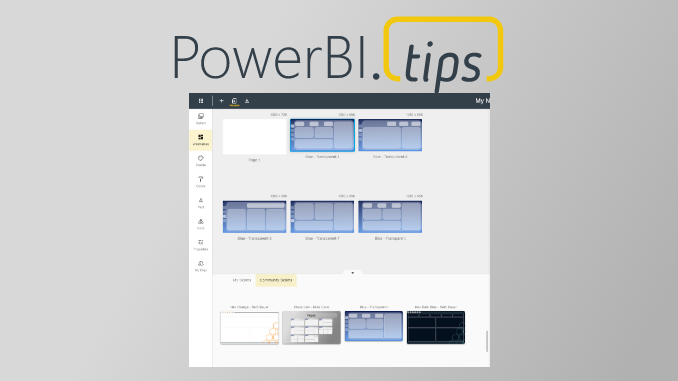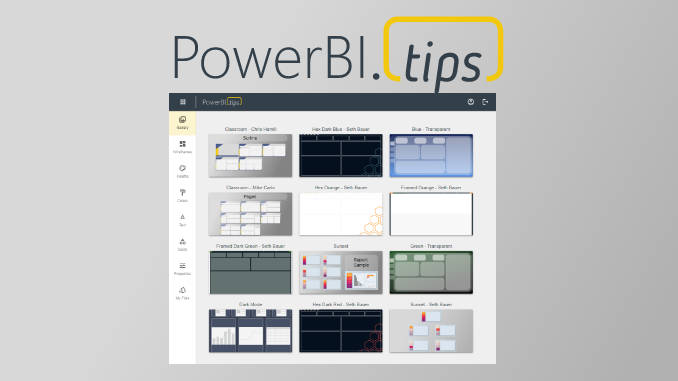Section 3.2 of Ilyas et al. (2019) shows that training a model on only adversarial errors leads to
non-trivial generalization on the original test set. We show that these experiments are a specific case of
learning from errors. We start with a counterintuitive result — we take a completely mislabeled training set
(without modifying the inputs) and use it to train a model that generalizes to the original test set. We
then show that this result, and the results of Ilyas et al. (2019), are a special case of model
distillation. In particular, since the incorrect labels are generated using a trained model, information
about the trained model is being “leaked” into the dataset.
We begin with the following question: what if we took the images in the training set (without any
adversarial perturbations) and mislabeled them? Since the inputs are unmodified and mislabeled, intuition
says that a model trained on this dataset should not generalize to the correctly-labeled test set.
Nevertheless, we show that this intuition fails — a model can generalize.
We first train a ResNet-18 on the CIFAR-10 training set for two epochs. The model reaches a training
accuracy of 62.5% and a test accuracy of 63.1%. Next, we run the model on all of the 50,000 training data
points and relabel them according to the model’s predictions. Then, we filter out all the correct
predictions. We are now left with an incorrectly labeled training set of size 18,768. We show four
examples on the left of the Figure below:
We then randomly initialize a new ResNet-18 and train it only on this mislabeled dataset. We train for 50
epochs and reach an accuracy of 49.7% on the original test set. The new model has only ever seen
incorrectly labeled, unperturbed images but can still non-trivially generalize.
This is Model Distillation Using Incorrect Predictions
How can this model and the models in Ilyas et al. (2019) generalize without seeing any correctly labeled
data? Here, we show that since the incorrect labels are generated using a trained model, information is
being “leaked” about that trained model into the mislabeled examples. In particular, this an indirect form
of model distillation
model to somewhat recover the features of the original model.
We first illustrate this distillation phenomenon using a two-dimensional problem. Then, we explore other
peculiar forms of distillation for neural networks — -we transfer knowledge despite the inputs being from
another task.
Two-dimensional Illustration of Model Distillation
We construct a dataset of adversarial examples using a two-dimensional binary classification problem. We
generate 32 random two-dimensional data points in [0,1]2 and assign each point a random binary label. We
then train a small feed-forward neural network on these examples, predicting 32/32 of the examples correctly
(panel (a) in the Figure below).


Next, we create adversarial examples for the original model using an l∞ ball of radius
ϵ=0.12. In panel (a) of the Figure above, we display the ϵ-ball around each training
point. In panel (b), we show the adversarial examples which cause the model to change its prediction (from
correct to incorrect). We train a new feed-forward neural network on this dataset, resulting in the model in
panel (c).
Although this new model has never seen a correctly labeled example, it is able to perform non-trivially on
the original dataset, predicting 23/32 of the inputs correctly (panel (d) in the Figure). The new model’s
decision boundary loosely matches the original model’s decision boundary, i.e., the original model has been
somewhat distilled after training on its adversarial examples. This two-dimensional problem presents an
illustrative version of the intriguing result that distillation can be performed using incorrect
predictions.
Other Peculiar Forms of Distillation
Our experiments show that we can distill models using mislabeled examples. In what other peculiar ways can
we learn about the original model? Can we use only out-of-domain data?
We train a simple CNN model on MNIST, reaching 99.1% accuracy. We then run this model on the FashionMNIST
training set and save its argmax predictions. The resulting dataset is nonsensical to humans — a “dress” is
labeled as an “8″.


We then initialize a new CNN model and train it on this mislabeled FashionMNIST data. The resulting model
reaches 91.04% accuracy on the MNIST test set. Furthermore, if we normalize the FashionMNIST images using
the mean and variance statistics for MNIST, the model reaches 94.5% accuracy on the MNIST test set. This is
another instance of recovering a functionally similar model to the original despite the new model only
training on erroneous predictions.
Summary
These results show that training a model using mislabeled adversarial examples is a special case of learning
from prediction errors. In other words, the perturbations added to adversarial examples in Section 3.2 of
Ilyas et al. (2019) are not necessary to enable learning.
Response
Summary: Note that since our experiments work across different architectures,
“distillation” in weight space does not occur. The only distillation that can
arise is “feature space” distillation, which is actually exactly our hypothesis.
In particular, feature-space distillation would not work in
World 1 — if the
adversarial examples we generated did not exploit useful features, we should not
have been able to “distill” a useful model from them. (In fact, one might think
of normal model training as just “feature distillation” of the humans that
labeled the dataset.) Furthermore, the hypothesis that all we need is enough
model-consistent points in order to recover a model, seems to be disproven by
Preetum’s “bugs-only dataset”
and other (e.g.
Response: Since our experiments work across different architectures,
“distillation” in weight space cannot arise. Thus, from what we understand, the
“distillation” hypothesis suggested here is referring to “feature distillation”
(i.e. getting models which use the same features as the original), which is
actually precisely our hypothesis too. Notably, this feature distillation would
not be possible if adversarial examples did not rely on “flipping” features that
are good for classification (see World
1 and
World 2) — in that case, the distilled
model would only use features that generalize poorly, and would thus generalize
poorly itself.
Moreover, we would argue that in the experiments presented (learning from
mislabeled data), the same kind of distillation is happening. For instance, a
moderately accurate model might associate “green background” with “frog” thus
labeling “green” images as “frogs” (e.g., the horse in the comment’s figure).
Training a new model on this dataset will thus associate “green” with “frog”
achieving non-trivial accuracy on the test set (similarly for the “learning MNIST
from Fashion-MNIST” experiment in the comment). This corresponds exactly to
learning features from labels, akin to how deep networks “distill” a good
decision boundary from human annotators. In fact, we find these experiments
a very interesting illustration of feature distillation that complements
our findings.
We also note that an analogy to logistic regression here is only possible
due to the low VC-dimension of linear classifiers (namely, these classifiers
have dimension d). In particular, given any classifier with VC-dimension
k, we need at least k points to fully specify the classifier. Conversely, neural
networks have been shown to have extremely large VC-dimension (in particular,
bigger than the size of the training set
labelling d+1 random
points model-consistently is sufficient to recover a linear model, it is not
necessarily sufficient to recover a deep neural network. For instance, Milli et
al.
using only its predictions on random Gaussian inputs. (Note that we are using a
ResNet-50 in our experiments.)
Finally, it seems that the only potentially problematic explanation for
our experiments (namely, that enough model-consistent points can recover a
classifier) is disproved by Preetum’s experiment.
In particular, Preetum is able to design a
dataset where training on mislabeled inputs that are model-consistent
does not at all recover the decision boundary of the original model. More
generally, the “model distillation” perspective raised here is unable to
distinguish between the dataset created by Preetum below, and those created
with standard PGD (as in our Ddet and
Drand datasets).










